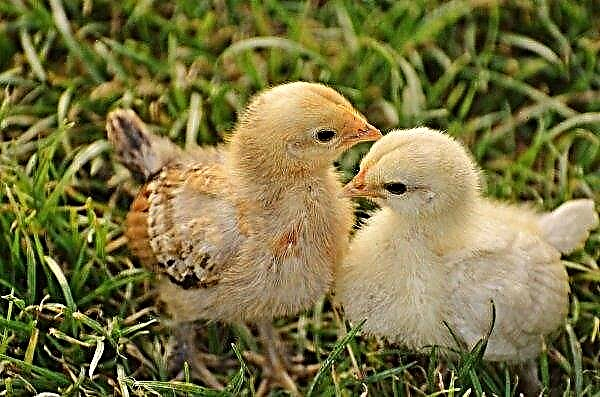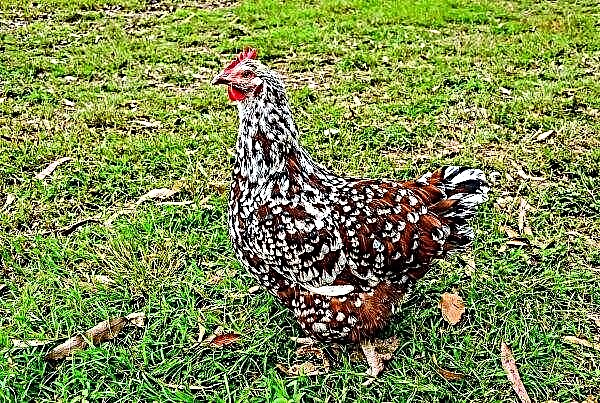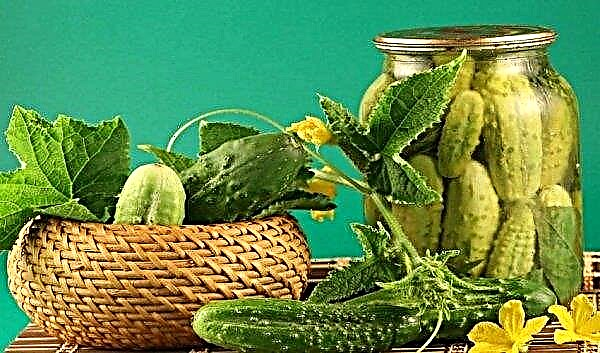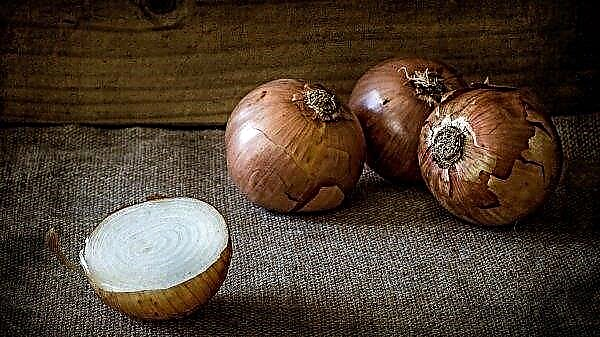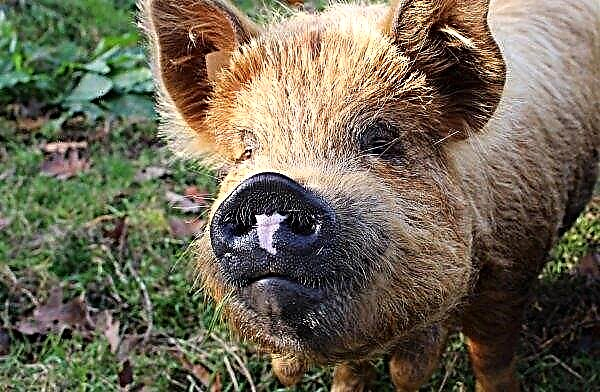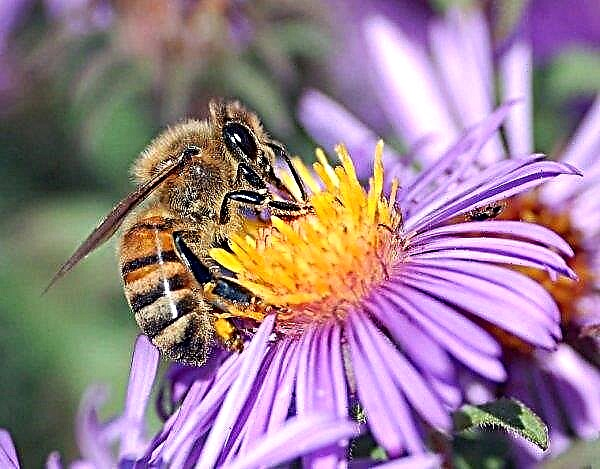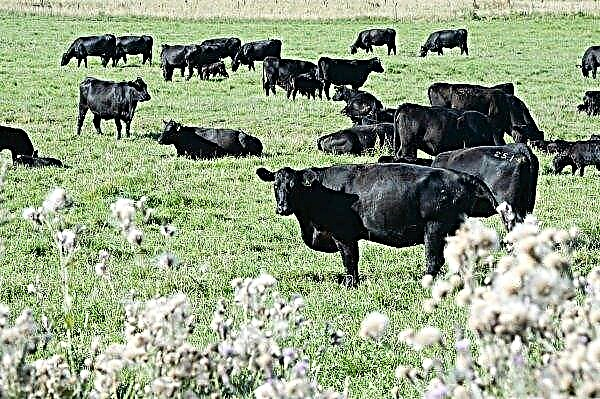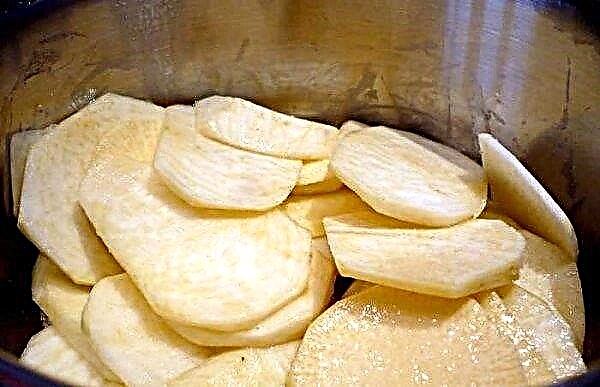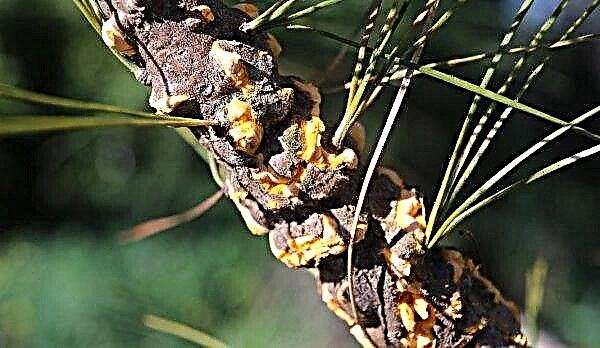Green lawn is present in many garden areas and is a striking element of any landscape design. Caring for it is quite simple, but sometimes the grass for some reason begins to turn yellow, become covered with the mycelium of the fungus and die. In such a situation, it is necessary to determine why the problem appeared, eliminate the source of infection and prevent its further spread. A description of the symptoms of the most common diseases of lawn grass, as well as methods for their treatment and prevention, is further in the article.
Fusarium or snow mold
The disease develops well in conditions of stagnation of moisture. Especially often, white mold on the lawn appears when the snow cover is on the ground for a long time with grass mowed for the winter. The causative agent of the disease is the fungus Fusarium nivale, whose spores are carried by the wind over long distances and can survive even when the temperature drops to -50 ° C.
 Fusarium especially often affects areas with meadow grass and meadow fescue.
Fusarium especially often affects areas with meadow grass and meadow fescue.
The main symptoms of the disease:
- white spots on the grass appearing after the snow melts;
- the affected areas have a diameter of 2 cm, gradually increasing in size to 20–40 cm;
- bonding individual blades of grass in bunches;
- characteristic plaque of a white or pinkish tint on the stems, leaves of plants;
- complete drying and yellowing of the green cover.
Did you know? There are approximately 3.8 million species of fungi in the world. More than 90% of them are still not studied by science.
White mildew on powdery mildew
Fungus on the lawn may appear as a result of infection with powdery mildew. The meadowgrass is especially susceptible to it. The main cause of the disease is increased humidity in combination with a lack of sunlight or cool weather in the summer.
The main signs of the disease:
- at the initial stage, the grass is covered with a white powdery coating;
- the plants begin to wither and wilt;
- over time, the plaque acquires a dense structure and brown color.
Rust stains in rust
Sometimes brown spots on the lawn may indicate a disease such as rust. Its causative agent is a fungus of the genus Puccinia, and the most susceptible to the disease are ryegrass, meadowgrass. The spread of infection is facilitated by dry weather with significant fluctuations in night and day temperatures, usually in autumn, lack of sunlight, and also too dense soil.
Symptoms of rust:
- oval or round pustules of a red tint are formed on the surface of the grass;
- if you wipe the stems with a napkin, then a brown coating remains on it;
- plants begin to turn yellow in the direction from the tips to the base;
- leaves become dry and weak.
Important! A red coating on the surface of the lawn with rust is formed by spores of the fungus. Falling from the grass, they are carried by the wind and affect healthy plants.
Brown spots on the lawn with anthracnose
High air humidity and lack of nutrients in the soil contribute to the development of such a fungal disease as anthracnose. As a result of this, not only does the appearance of the vegetation cover worsen, but the root system of the affected plants also dies.
The main signs of infection:
- spots of red color are formed, having various sizes;
- spotting are distinguished by a round shape and uneven edges;
- grass growth slows down;
- the root system dies, and on its surface a dark sooty coating is formed;
- bare spots appear as a result of grass falling out.

Spots on the lawn with rhizoctonia
Due to excessive watering and lack of sunshine, rhizoctonia can appear. This fungal disease is characterized by a high spread rate and is able to affect the entire grass in a short time. The most susceptible to rhizoctoniasis are meadow meadow, meadow grass, and ryegrass.
Did you know? Nutritional yeast is also a type of fungus. They were first used for the production of an alcoholic beverage (mead) more than 9,000 years ago.
The main symptoms of the disease:
- small gray spots on the lawn, rapidly growing in width;
- spotting may take the form of a circle or a curved horseshoe;
- the grass dries, losing its attractive appearance.

Red filament - pink fungus on the lawn
Fungal infection can occur not only with white or red spots, but also with pink threads. This disease is called red filament and often affects lawns from fescue, ryegrass. Favorable conditions for the development of the fungus are high humidity and cool weather.
Characteristic symptoms:
- thin pinkish-red threads resembling cobwebs are visible around the leaves;
- during the development of the disease, the spots on the lawn become brown;
- the affected grass dries and dies.

Dollar spotting
From this fungal disease, the most commonly affected are the field birch, meadow bluegrass and bermuda. A favorable condition for the development of the disease is cool weather combined with a deficiency of nitrogen in the soil.
Signs of infection:
- the appearance of numerous brown spots on the lawn, resembling the shape and size of a silver dollar;
- rounded yellow-white areas with bright brown rims form on the leaves;
- the grass stops growing and withers.

Leaf spotting
Another type of fungus on the lawn may be leaf spotting, which can affect almost all types of grass. Weakened plants that lack nutrients are most susceptible to infection.
The presence of the disease can be determined by the following signs:
- spots of various sizes and shapes appear on the surface of the sheet plate;
- the grass takes on a brown or purple color;
- the green cover loses its decorative effect as a result of the mass death of plants.

Witches rings
Brown spots on the lawn can also indicate a disease such as witch rings. This disease affects plants that grow in the ground with the remains of decaying wood. All types of herbs are susceptible to infection, especially when there is a lack of nutrients in the soil.
Important! For the treatment of witch rings on the lawn, specialized preparations do not exist. Therefore, mushrooms are removed manually with the top layer of turf.
The main symptoms of the disease :.
- a pair of elongated rings appears on the grass - one of them is located inside the second;
- plant leaves on rings, painted in bright green;
- a layer of whitish mycelium forms under the rings, exuding a characteristic smell of mold;
- small grebes of yellow-brown color appear on the outer circle;
- the grass inside the rings turns yellow and dries from the edge to the center.

Root neck necrosis
This disease can occur on all types of lawns, especially if they grow on sandy soil. Root neck necrosis develops well in cold, humid weather in late autumn and winter. Symptoms of infection occur predominantly after snow melts.
The main signs of the disease:
- round spots on the lawn up to 40 cm in size;
- the leaves are covered with a layer of white or light pink mycelium;
- the roots of the grass rot, becoming dark;
- plants die off.

Smut - black mold on the lawn
The causative agent of this disease is a fungus wintering in the roots of turf. It is able to quickly spread to the entire site and is difficult to treat.
Symptoms of the appearance of this type of fungus on the lawn:
- areas infected with the fungus look like pustules covered with skin;
- over time, the surface of the affected area cracks, and fungal spores can be seen from above;
- black stripes consisting of spores appear on the leaves;
- grass blackens and dies, and spores crumble into neighboring plants.

What to do with fungus and algae on the lawn
In addition to fungal infections, sometimes the appearance of mosses and lichens cannot be avoided. Favorable conditions for the propagation of these algae on the lawn are dense soil and too abundant watering. To preserve the decorative appearance of the grass and stop the spread of infection, you need to know how to properly treat each of the listed diseases.
Did you know? For the manufacture of synthetic rubber, plastic parts of the car and Lego constructor, acid is used, which was obtained in the laboratory from a fungus.
To combat infection, perform the following actions:
- removal of damaged areas (combing out vegetation);
- collection and destruction of all plant debris;
- soil aeration to eliminate excess moisture;
- application of urea in the amount of 300 g per one hundredth (only for diseases that arise due to a lack of nitrogen in the soil).

Fungal diseases are treated with fungicides, following the instructions on the packaging of each product.
The most commonly used drugs are:
- Benomil (fusarium, rhizoctonia, dollar spotting);
- "Triadimephone" (rust, anthracnose);
- "Cyproconazole" (anthracnose);
- "Fludioxonil" (anthracnose, fusariosis);
- "Chlorothalonil" (rhizoctonia, red filament);
- "Triticonazole" (rust);
- "Miklobutanil" (powdery mildew);
- "Thiophanate" (dollar and leaf spotting).

Prevention Methods
In order not to waste energy on eliminating the consequences of diseases, it is recommended to pay due attention to preventive measures. They will help prevent the appearance of a fungal infection, and will also help maintain an attractive appearance of the grass.
Important! It is recommended to mow the lawn to a height of 3-4 cm. But in early August, the grass is allowed to grow to 6-7 cm to stimulate the strengthening of its root system.
Basic disease prevention measures:
- seed treatment with fungicides before planting;
- frequent aeration of the soil;
- preventing stagnation of water in the ground by laying a layer of drainage;
- thorough removal of fallen leaves;
- moderate watering;
- reduction of shading by thinning the crown of nearby trees and shrubs;
- removal of excess grass felt;
- compliance with the schedule of fertilizer application in order to control the level of nitrogen and potassium in the soil.
A well-groomed green lawn is a decoration of any site, so you need to constantly monitor its appearance and promptly begin treatment if symptoms of various diseases occur. Using the information provided, you can recognize the first signs of infection and take the necessary actions, as well as prevent the appearance of the fungus.

